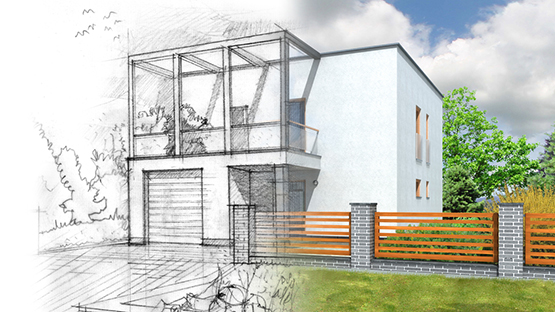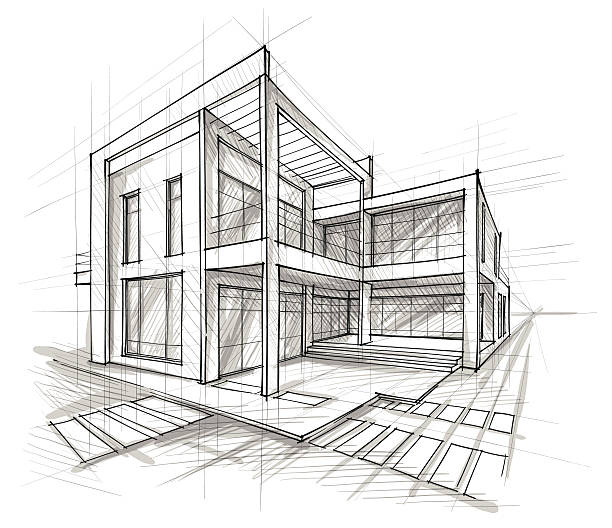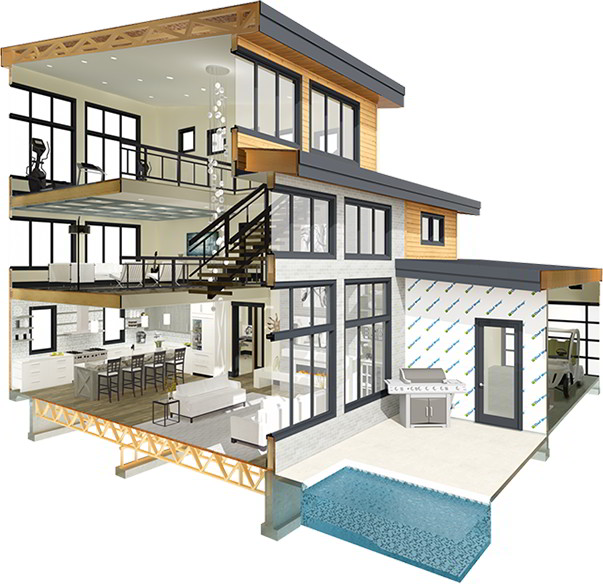The Creative Process Behind Successful Tasks from CDA Architects
The Creative Process Behind Successful Tasks from CDA Architects
Blog Article
The Crucial Role of a Designer in Forming Sustainable Urban Settings for Future Generations
The function of a designer in crafting lasting metropolitan environments is progressively pivotal in reacting to the challenges of climate change and urbanization. By flawlessly incorporating ecological concepts into their styles, designers not only boost the visual and functional quality of metropolitan areas but additionally address pushing issues such as power efficiency and social equity.
Comprehending Lasting Urban Design
Sustainable city design integrates eco-friendly concepts with urban planning to develop environments that are not only habitable yet also durable. This technique stresses the significance of integrating all-natural systems right into the urban fabric, making sure that growth meets the requirements of today without endangering the capacity of future generations to meet their own requirements. Trick components of sustainable urban design include effective land usage, the promo of biodiversity, and the integration of green areas, all of which contribute to improved lifestyle for citizens.
Additionally, lasting urban design focuses on the reduction of the city warm island impact, boosted air top quality, and reliable stormwater monitoring. It motivates using eco-friendly sources and energy-efficient building practices, which significantly reduced carbon impacts. Lasting metropolitan style fosters social equity by creating accessible public rooms and advertising mixed-use advancements that cater to diverse populaces.
With thoughtful planning and innovative layout methods, sustainable urban settings can improve community strength versus climate adjustment while promoting economic growth. This alternative method not just addresses instant urban obstacles yet likewise prepares for much healthier, much more sustainable cities for generations ahead.
Secret Obligations of Engineers
Designers play a critical duty in forming lasting metropolitan atmospheres by equating design principles right into concrete frameworks and areas. Their duties include a large range of activities that add to the overall success of metropolitan design jobs.
Most importantly, engineers carry out detailed website analyses to recognize the environmental, social, and cultural context of their tasks. This fundamental expertise educates their style decisions, ensuring that buildings integrate with their surroundings. They likewise participate in collaborative processes with stakeholders, consisting of city organizers, engineers, and the neighborhood, cultivating an inclusive method to city development.
Additionally, designers are entrusted with creating styles that maximize power efficiency, resource conservation, and functionality. They should follow regional zoning laws, constructing codes, and sustainability qualifications, ensuring compliance while pushing the limits of technology.

Ingenious Materials and Techniques
In the pursuit of eco accountable design, cutting-edge products and techniques have actually emerged as essential aspects in the development of lasting metropolitan environments. Engineers are significantly using materials that reduce environmental influence while boosting power performance. As an example, recycled products, such as recovered wood and repurposed metals, not only lower waste yet additionally include special visual high qualities to frameworks.
Additionally, improvements in technology have led to the advancement of high-performance materials, such as shielded concrete forms (ICFs) and photovoltaic or pv glass, which add to energy preservation and harness renewable resource. Techniques such as passive solar design and eco-friendly roof coverings better exemplify how architecture can balance with natural systems, minimizing dependence on fabricated home heating and air conditioning.
Moreover, the integration of smart materials, which adapt to environmental changes, provides appealing opportunities for boosting structure efficiency - cda architects. These products can reply to temperature level fluctuations or dampness degrees, maximizing convenience and sustainability
Eventually, the calculated option and application of innovative products and methods equip designers to produce urban areas that are not only useful and cosmetically pleasing yet likewise durable and environmentally responsible, ensuring a lasting future for generations to find.
Neighborhood Interaction and Collaboration
The success of cutting-edge products and methods in sustainable urban style is significantly boosted by energetic neighborhood engagement and cooperation. Engineers need to acknowledge that the built setting exceptionally affects the lives of local homeowners, making it imperative to involve them you can look here in the layout process. Engaging the neighborhood fosters a feeling of ownership and accountability, making websites certain that advancements not only fulfill aesthetic and functional requirements however also mirror the worths and goals of those who inhabit them.

Effective area involvement additionally aids in focusing on social equity within city development. By considering the voices of marginalized populations, engineers can develop areas that are inclusive and fair. This way, community involvement and partnership end up being important to achieving absolutely sustainable urban settings that offer the requirements of present and future generations.
Future Trends in Lasting Architecture

Additionally, innovations in innovation are forming future trends in lasting architecture. The combination of smart materials and structure systems enables real-time power management, improving performance and decreasing carbon impacts. Developments such as eco-friendly roofs, living wall surfaces, and energy-generating facades are ending up being standard methods, better promoting environmental equilibrium within urban settings.
Furthermore, a shift in the direction of biophilic design is obtaining traction, emphasizing the connection between nature and human health. By incorporating natural environments, architects create rooms that promote mental wellness while advertising biodiversity.
Verdict
Finally, architects are critical in advancing sustainable urban environments with their experience in design, innovative materials, and community engagement. By prioritizing energy efficiency and resource preservation, these specialists add to the production over here of resistant urban spaces that meet the needs of existing and future generations - cda architects. The assimilation of eco-friendly concepts not just boosts livability however also promotes social equity, making sure advancements resonate with the values and aspirations of the communities they offer
Report this page